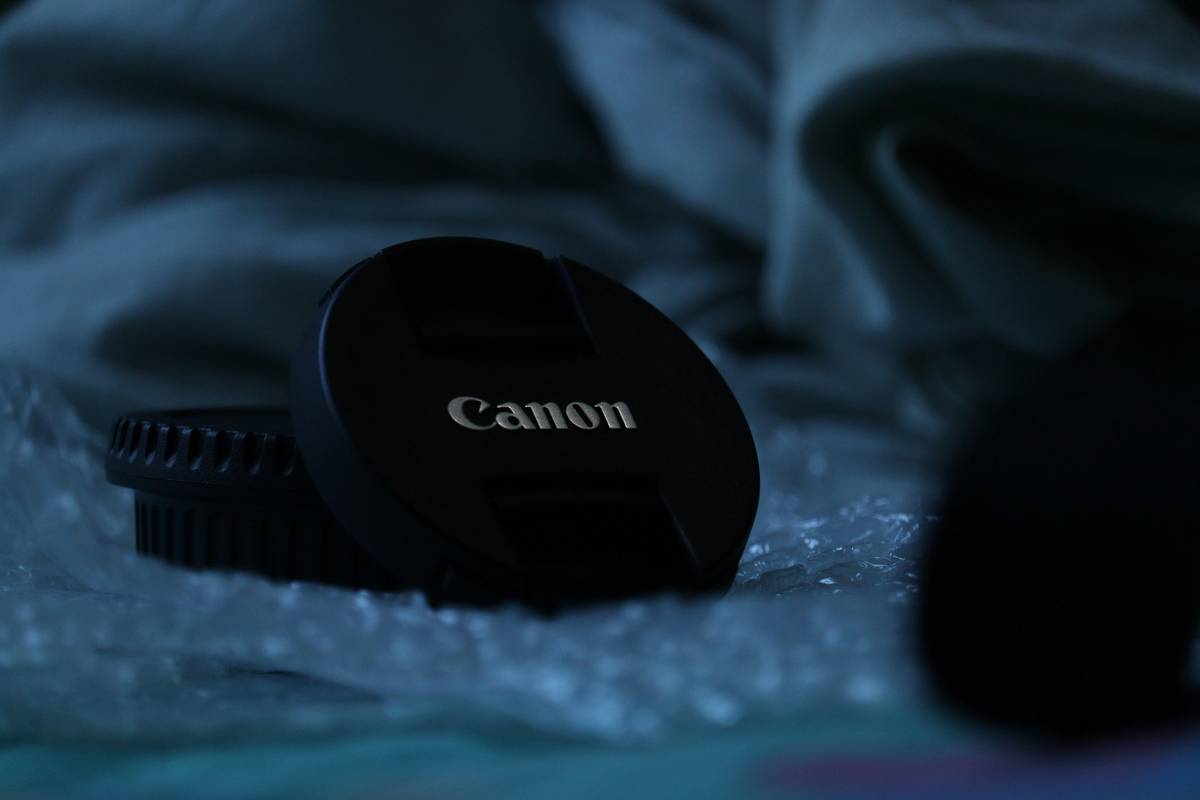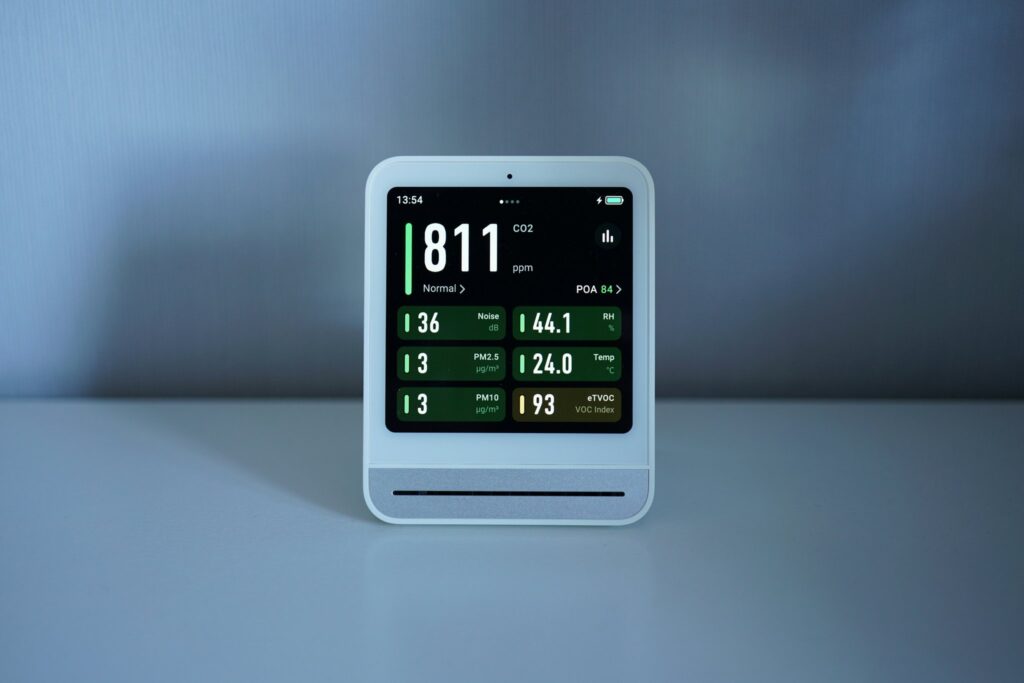“Ever stared at your phone for 30 minutes scrolling through stress management apps but felt more overwhelmed than calmer? Yeah, we’ve all been there.”
In today’s fast-paced, burnout-prone world, managing stress is not just an option—it’s a necessity. But what if I told you that instead of being glued to your screen, there’s a way to de-stress with tangible tools right in your pocket? Enter the realm of de-stress gadgets, where sleek design meets zen vibes. These aren’t just any random objects—they’re your ticket to instant tranquility.
In this guide, we’ll unpack everything about de-stress gadgets, blending science and practical advice so you know how to pick one that actually works. We’ll also give you actionable tips, real-life examples, and a rant or two (because who doesn’t love those?). Buckle up—you’re about to discover the coolest tricks to help you chill like it’s yoga class on demand.
Table of Contents
- Key Takeaways
- Why Stress Management Apps Alone Aren’t Cutting It
- How to Choose the Perfect De-Stress Gadget
- Top Tips for Using Your New Favorite Tool Effectively
- Real-Life Stories: How People Are Winning At Stress
- Frequently Asked Questions About De-Stress Gadgets
Key Takeaways
- The best de-stress gadgets combine tactile feedback and mindfulness techniques.
- Digital detox often starts with small physical tools instead of apps.
- Choosing the wrong gadget can waste money—and even increase frustration!
Why Stress Management Apps Alone Aren’t Cutting It
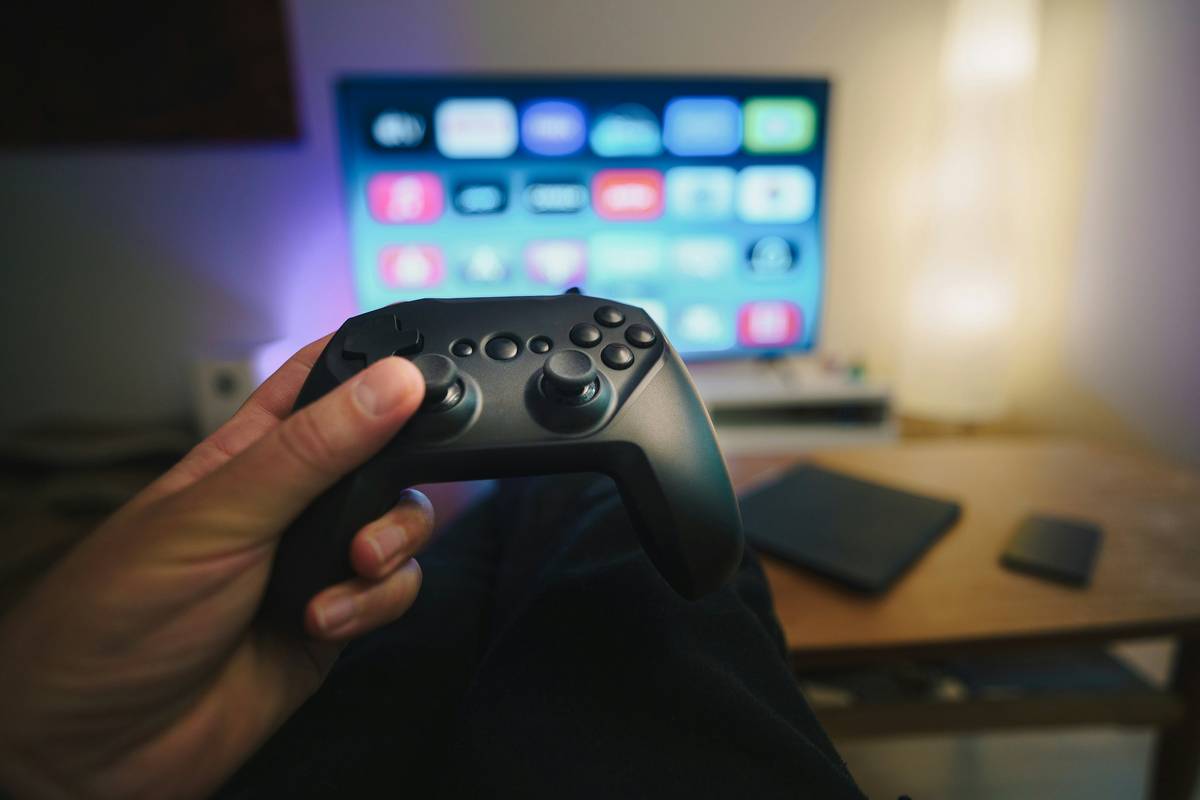
Let’s get brutally honest here—stress management apps are fantastic, don’t get me wrong. They’ve got soothing voices guiding you through breathing exercises, meditation sessions, and even journal prompts. But let’s be real:
“Optimist You”: “Meditation app + daily reminders = perfect zen life!”
Grumpy You: “Yeah, until my notifications remind me that I STILL have 42 unread emails.”
I once downloaded five different stress management apps within a month, thinking each would magically solve my problems. Spoiler alert: None did. Why? Because no matter how good the app sounds, staring at screens can sometimes feel like adding fuel to the fire rather than putting it out.
Here’s another thing people overlook—the sensory overload factor. Sure, apps teach deep breathing or visualization, but they lack the grounding element something tactile provides. Think about it: When was the last time a pop-up notification made you *feel* calm?
And trust me, I learned this the hard way. After spending hours tweaking settings for one ‘smart’ stress tracker device, I ended up losing patience entirely. Not exactly the relaxing experience promised in ads!
How to Choose the Perfect De-Stress Gadget
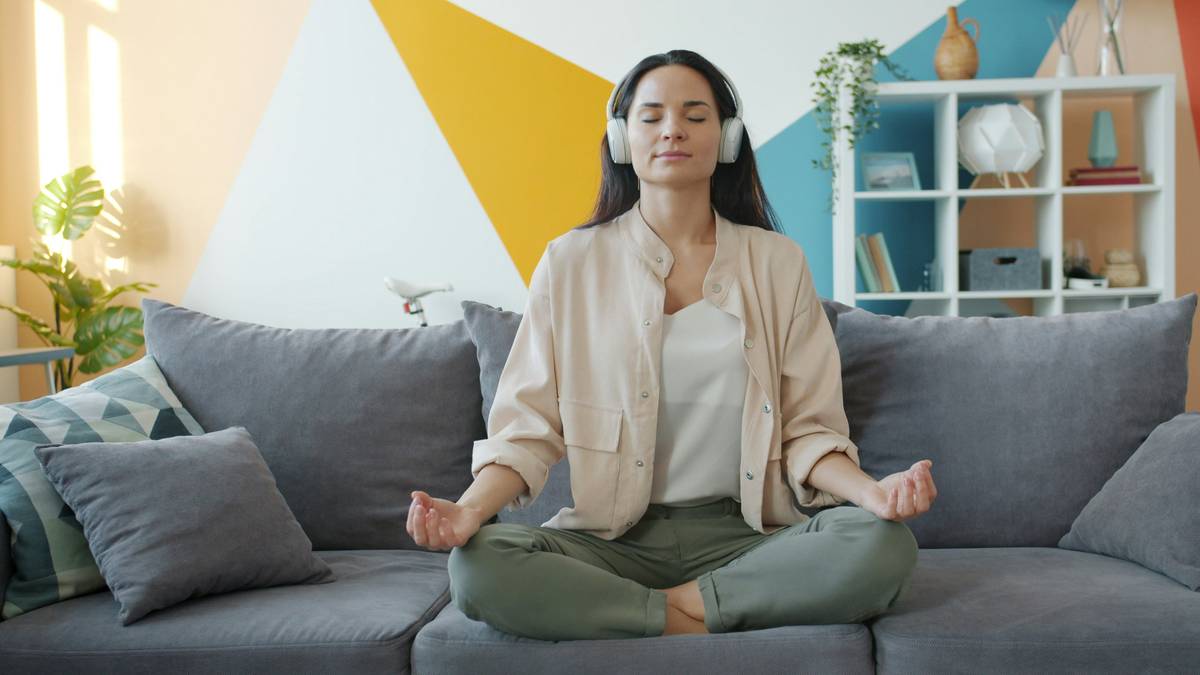
So, now we agree—not every solution has to involve pixels and code. It’s time to explore what makes a great de-stress gadget worth its salt (or silicone). Here’s your step-by-step process:
Step 1: Identify Your Stress Triggers
Ask yourself: Do you tend to tense up physically during stressful moments (think clenched fists)? Or do you notice mental fog creeping in when deadlines pile up? Matching the gadget to your specific needs ensures effectiveness.
Step 2: Assess Portability vs. Practicality
Would you prefer carrying a compact fidget cube everywhere or enjoy unwinding with a full-sized weighted blanket at night? Consider lifestyle factors—if your job involves frequent travel, smaller items might win over bulky ones.
Step 3: Check Reviews and Science Backing
Look for products based on research-backed principles like haptic feedback, mindfulness integration, or ergonomic design. For instance, a well-rated hand massager isn’t just luxury—it’s proven relief for knotted shoulders caused by typing marathons.
Rant Alert: Seriously though, WHY DO SOME COMPANIES MARKET PLAIN STONES AS ‘CALMING DEVICES’? Save your wallet, folks. Go for gadgets backed by actual psychology, not crystals pulled from Pinterest boards.
Top Tips for Using Your New Favorite Tool Effectively
Congrats, you’ve picked out your shiny new de-stress gadget! Now what?
- Use Consistently: Like brushing your teeth, consistency builds habits.
- Set Boundaries: Don’t let tech interfere; use your gadget away from other digital distractions.
- Pair With Other Methods: Combine it with activities like journaling or gentle stretching for maximum impact.
Terrible Tip Disclaimer: Avoid using loud squeeze toys during important Zoom meetings. Trust me—I accidentally scared my team leader once… Never again.
Real-Life Stories: How People Are Winning At Stress
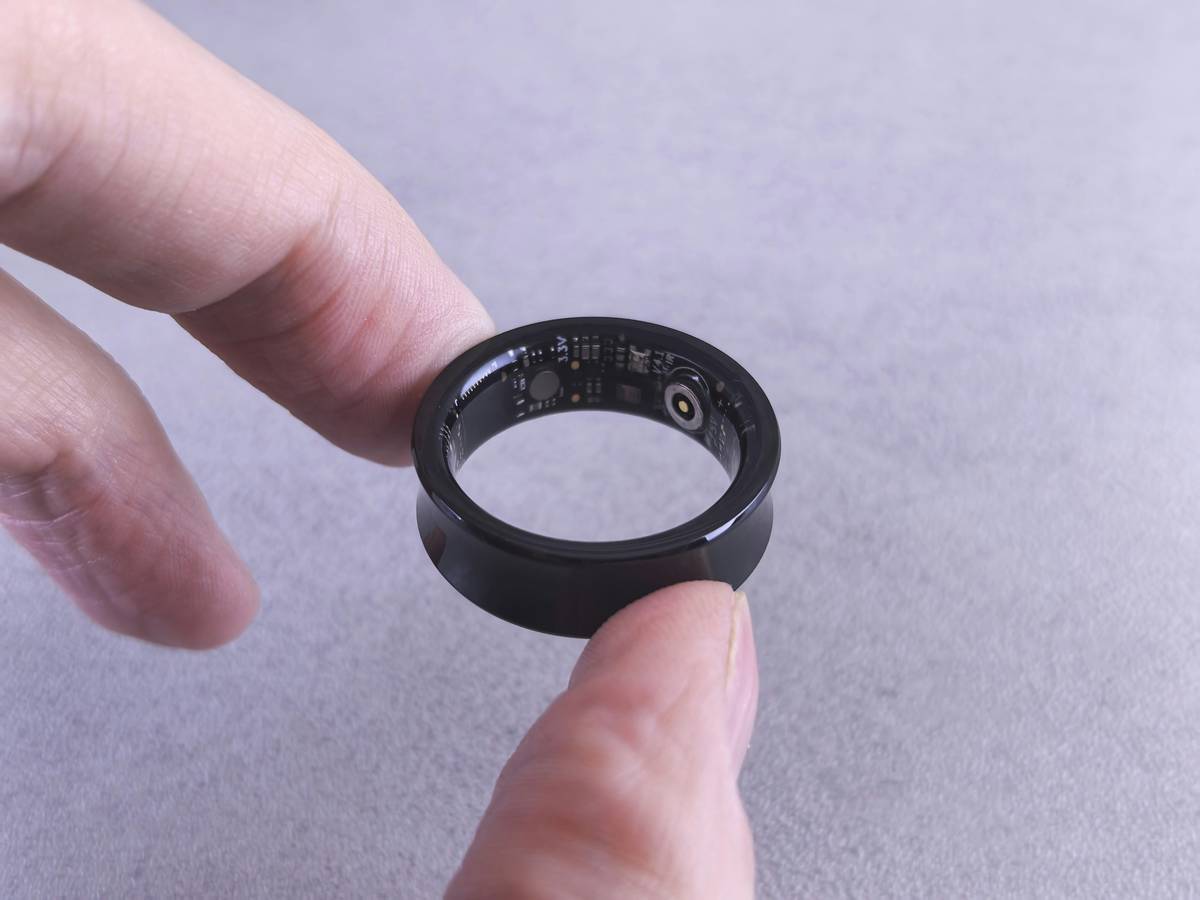
Meet Sarah, a busy mom juggling work-from-home duties and family chaos. She swore off traditional meditation routines after repeated fails—but found salvation with a portable sound machine she could carry room-to-room. Says Sarah:
“It’s like having my own personal spa wherever I go. My stress levels halved in weeks!”
Frequently Asked Questions About De-Stress Gadgets
What’s the most popular type of de-stress gadget?
Fidget spinners and stress balls still dominate, thanks to their simplicity and affordability.
Do I need expensive tech to see results?
Nope! Many budget-friendly options work wonders without breaking the bank.
Can kids benefit from these tools?
Absolutely! Kid-friendly versions exist specifically designed for calming young minds.
Conclusion
We’ve covered quite a journey today—from why de-stress gadgets beat relying solely on apps to choosing and utilizing them effectively. Remember:
Optimist You: “These tools will change my life forever!”
Grumpy You: “Only if paired with caffeine AND chocolate…”
Haiku for the day:
Zen beads click softly,
Glow fades from glowing screens—
Peace blooms in silence.
Pro tip: Keep your favorite de-stress gadget close but never mistake it as magic alone. Pair it with self-awareness, practice regularly, and watch stress melt faster than Play-Doh left in the sun.
